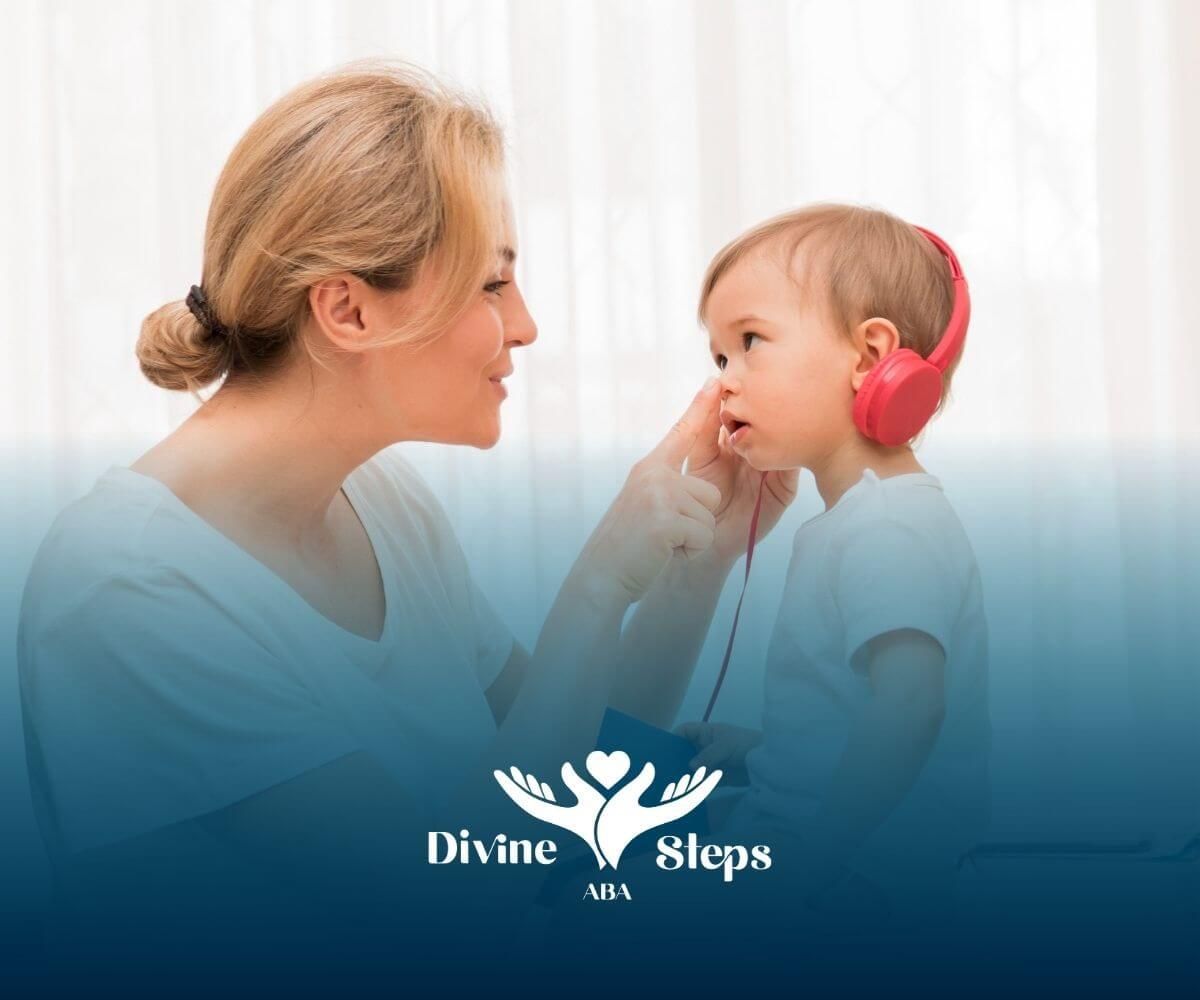Website by CWS
Identifying the Various Types of Autism Spectrum Disorder
Understanding Autism Spectrum Disorder
Autism Spectrum Disorder (ASD) is a developmental disability marked by challenges in social communication, interaction, and patterns of behavior. According to the Centers for Disease Control and Prevention, about 1 in 132 individuals was identified with ASD in 2010, with a male-to-female ratio of roughly 3 to 1. The term “spectrum” reflects wide variability in how symptoms appear, which is why mapping out the different types of autism spectrum disorder remains essential for families, educators, and clinicians.
Over time, diagnostic frameworks have shifted from multiple subtypes to a unified ASD category. In today’s practice, clinicians use the DSM-5 criteria alongside severity levels and specifiers to capture individual profiles. This article reviews both current classifications and historical subtypes, offers insight into screening tools, and highlights the factors that shape a tailored approach to support.
DSM-5 Diagnostic Criteria
Since 2013, the DSM-5 has consolidated prior subtypes under one ASD label. Diagnosis requires persistent deficits in social communication and social interaction across multiple contexts, plus at least two forms of restricted or repetitive behaviors.
| Domain | Key Features |
|---|---|
| Social Communication and Interaction | Difficulty with back-and-forth conversations, reduced eye contact, trouble forming peer relationships |
| Restricted, Repetitive Patterns | Repetitive movements, insistence on sameness, highly focused interests, sensory sensitivities |
Clinicians assess both current and historical functioning, which allows for diagnosis even when symptoms become clear later in life. For full criteria and guidance, refer to the Children’s Hospital of Philadelphia resource on DSM-5 diagnostic standards.
Severity Levels Explained
To capture the support needs of each individual, the DSM-5 defines three severity levels. These levels guide the intensity of interventions and help families plan services.
Level 1: Requires Support
Level 2: Requires Substantial Support
Level 3: Requires Very Substantial Support
Click on a level to see the details.
Level assignments reflect how much assistance someone needs to navigate daily life, from school routines to community activities.
Diagnostic Specifiers Overview
Specifiers add depth to the ASD diagnosis by noting associated characteristics. They enable a more nuanced profile, which helps tailor educational and therapeutic plans.
Intellectual Impairment Specifier
This specifier indicates whether an individual has an intellectual disability alongside ASD. It ranges from no impairment to severe intellectual challenges.
Language Impairment Specifier
Clinicians note if language skills are within typical limits or show deficits. Language support can include speech therapy, sign systems, picture exchange, or electronic devices.
Associated Features Specifier
Additional features might encompass:
- Epilepsy or other medical conditions
- Catatonia symptoms affecting movement and posture
- Mental health concerns such as anxiety or depression
Inclusion of specifiers helps interdisciplinary teams address the full spectrum of needs.
Historical Subtypes Reviewed
Before DSM-5, five separate diagnoses fell under the umbrella of pervasive developmental disorders. Understanding these historical subtypes clarifies why some older records may list different labels.
Autistic Disorder
Sometimes called “classic autism,” this subtype involved marked social-communication challenges and a high rate of repetitive behaviors. Language delays and intellectual impairments were common.
Asperger Syndrome
Named after Hans Asperger, this form featured social difficulties and restricted interests without significant language or intellectual delays. It gained recognition in DSM-IV in 1994 and merged into ASD in DSM-5.
Pervasive Developmental Disorder-Not Otherwise Specified (PDD-NOS)
PDD-NOS described individuals who did not fully meet criteria for autism or Asperger’s but showed key impairments in communication and behavior. Children with PDD-NOS tended to have greater language deficits than those with Asperger’s but fewer restricted interests than classic autism.
Rett Syndrome
A rare genetic disorder almost exclusively affecting females, Rett syndrome involves normal early growth followed by loss of hand use, communication abilities, and motor control. It was removed from ASD classification in DSM-5 due to its specific genetic etiology.
Childhood Disintegrative Disorder
Also called Heller’s syndrome, this subtype showed typical development for at least two years, followed by significant regression in language, social skills, and motor abilities. It is now subsumed under ASD.
Screening and Assessment Tools
Early identification of ASD leads to earlier access to services. Professionals use a combination of screening questionnaires and diagnostic observations.
- M-CHAT (Modified Checklist for Autism in Toddlers):
A parent-reported tool for children aged 16–30 months.
- ADOS-2 (Autism Diagnostic Observation Schedule, Second Edition): A structured assessment of social interaction and communication.
- ADI-R (Autism Diagnostic Interview-Revised): A caregiver interview covering developmental history and behaviors.
Screening tools flag potential concerns, while diagnostic instruments confirm the presence and characteristics of ASD.
Recognizing Unique Profiles
No two individuals on the autism spectrum are alike. Factors influencing a person’s profile include:
- Age and timing of symptom onset
- Cognitive and language abilities
- Gender differences (females may be diagnosed later or underrecognized)
- Co-occurring conditions such as ADHD, anxiety, or medical issues
Research on subthreshold diagnoses like PDD-NOS has shown that responsiveness to treatment and long-term outcomes vary by individual profiles. This diversity underscores the need for personalized educational and therapeutic approaches that align with each person’s strengths and challenges.
Conclusion
Autism Spectrum Disorder encompasses a wide range of presentations, from Level 1 individuals requiring support to Level 3 needing very substantial assistance. While DSM-5 has streamlined the diagnostic process, historical subtypes like Asperger syndrome and PDD-NOS remain relevant for understanding older records and research. Specifiers for intellectual impairment, language deficits, and associated features further refine each profile. Early screening with tools such as M-CHAT and thorough diagnostic assessments guide tailored interventions. Recognizing the unique combination of characteristics in each individual allows families, educators, and professionals to develop effective support plans that foster growth and independence.
At Divine Steps ABA, we specialize in creating personalized ABA therapy programs for children across Maryland, Virginia, and North Carolina. Our board-certified clinicians work closely with families to understand each child’s unique profile and develop strategies that encourage meaningful progress. Contact us today to schedule a free consultation and take the first step toward individualized care that supports lasting growth.
Frequently Asked Questions
What are the different levels of Autism Spectrum Disorder under the DSM-5?
The DSM-5 outlines three levels of ASD based on the level of support needed:
- Level 1: Requires support
- Level 2: Requires substantial support
- Level 3: Requires very substantial support
These levels help guide intervention planning based on communication, social interaction, and behavior challenges.
How early can autism be diagnosed, and what tools are used for screening?
Autism can be screened as early as 16–18 months using tools like the M-CHAT (Modified Checklist for Autism in Toddlers). A full diagnostic evaluation by a developmental pediatrician or psychologist typically follows if red flags are noted.
Can ABA therapy be customized to meet the needs of children at different ASD levels?
Yes, ABA therapy is highly adaptable. Whether your child needs basic communication skills or support with complex behaviors, ABA programs can be tailored to meet their developmental level and family goals.
SOURCES:
https://www.cdc.gov/autism/data-research/index.html
https://www.cdc.gov/autism/signs-symptoms/index.html
https://pmc.ncbi.nlm.nih.gov/articles/PMC10217468/
https://www.ncbi.nlm.nih.gov/books/NBK573609/
https://www.research.chop.edu/car-autism-roadmap/diagnostic-criteria-for-autism-spectrum-disorder-in-the-dsm-5




